In pictures: Remembering Delhi's anti-Sikh riots
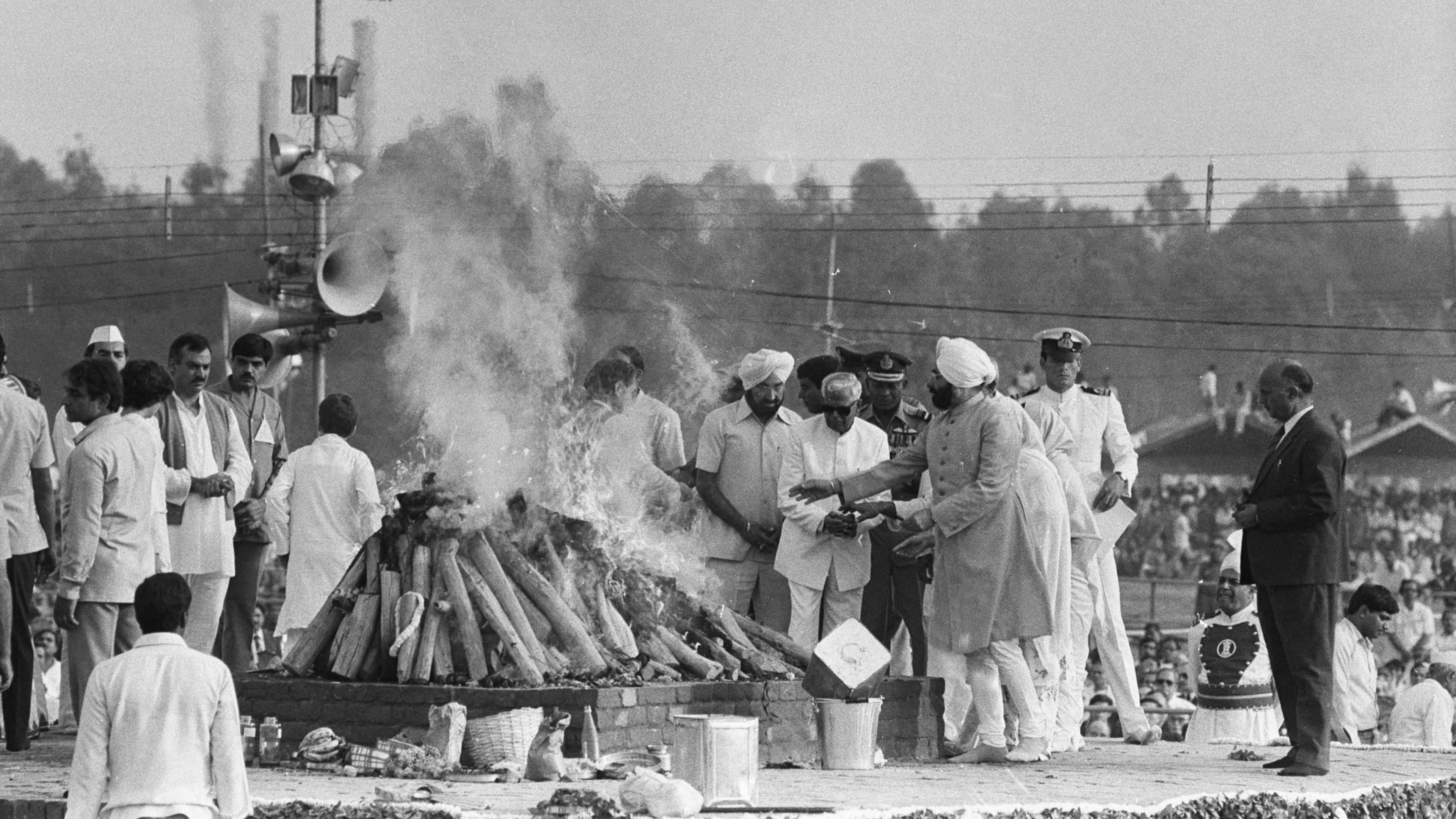
The funeral pyre of Indira Gandhi, who was assassinated by her own bodyguards on 31 October 1984
- Published
On the morning of 31 October 1984, India's prime minister Indira Gandhi was assassinated by her bodyguards as she stepped out of her official residence in capital Delhi.
The daughter of India's Independence leader and first prime minister, Jawaharlal Nehru, she was serving her fourth term in the highest office.
A day before her assassination, Gandhi told a political rally in the eastern state of Odisha (formerly Orissa), "I don't mind if my life goes in the service of the nation. If I die today, every drop of my blood will invigorate the nation."
Often termed as the "Iron Lady", Gandhi played a significant role in India's eastern neighbour Bangladesh winning independence from Pakistan in 1971.
In 1975, she imposed a state of emergency for a 21-month period from June 1975 to March 1977. The period was marked by massive media censorship, restrictions on civil rights and a forced mass sterilisation campaign.
Gandhi lost the next parliamentary election, including her own seat, but returned with a decisive mandate within months.
In the 1980s, Sikh separatists in Punjab demanded an independent homeland, called Khalistan. In 1984, Gandhi ordered a massive military action against those who were sheltering in Amritsar's Golden Temple, the faith's holiest shrine.
About 400 people, including soldiers and pilgrims, were killed during the military raid known as Operation Blue Star. Sikh groups dispute this figure, claiming thousands died.
Within months, Gandhi was assassinated by her Sikh bodyguards, allegedly seeking revenge for her decision to send troops inside the shrine.
The news of her death sparked violent attacks on Sikhs by her supporters in Delhi and beyond, with nearly 3,000 killed within days.
Forty years on, victims continue to seek justice, as many accused remain acquitted and appeals are still pending in court.
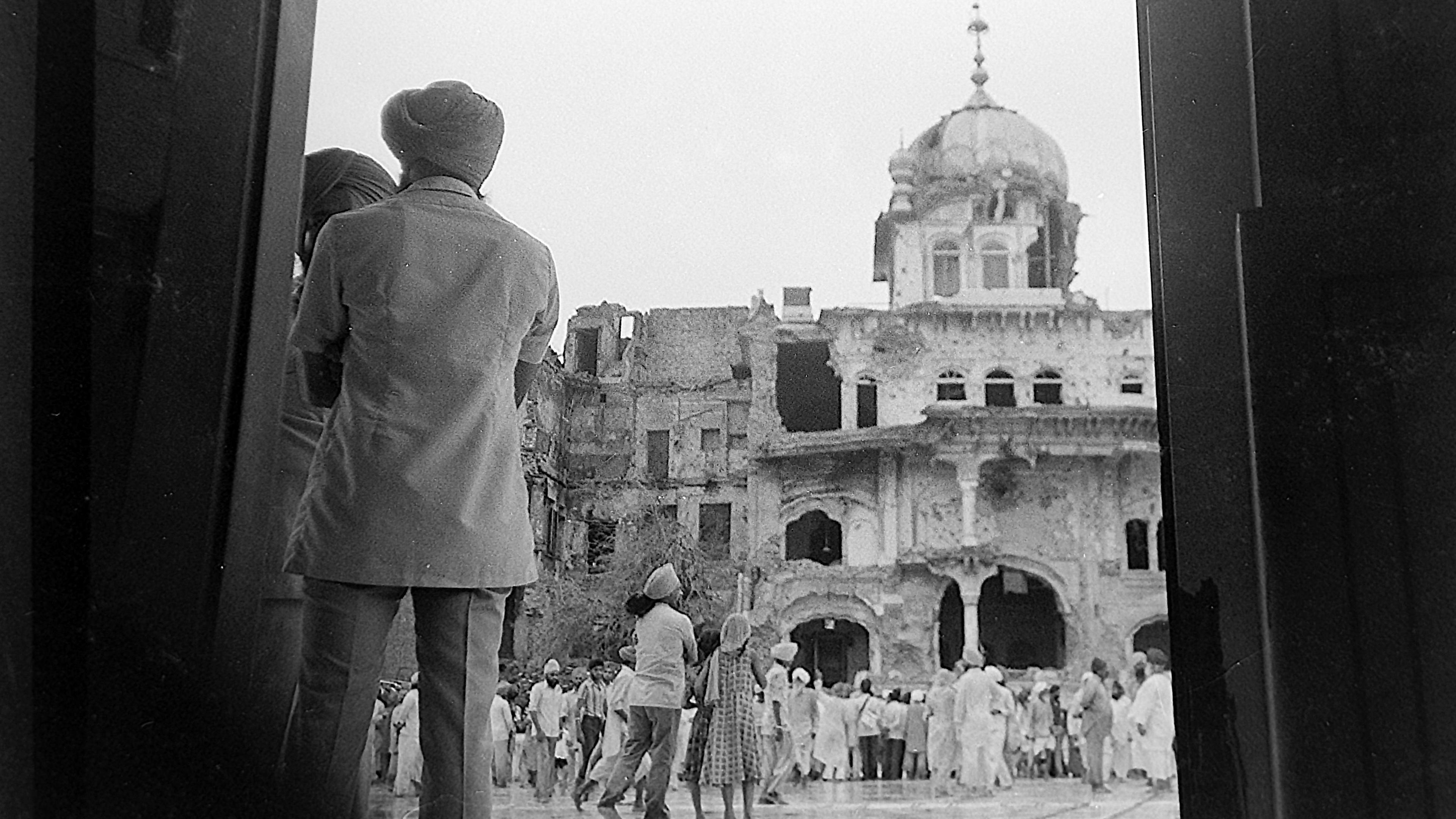
Damage to the Golden Temple in June 1984 following military action ordered by Gandhi
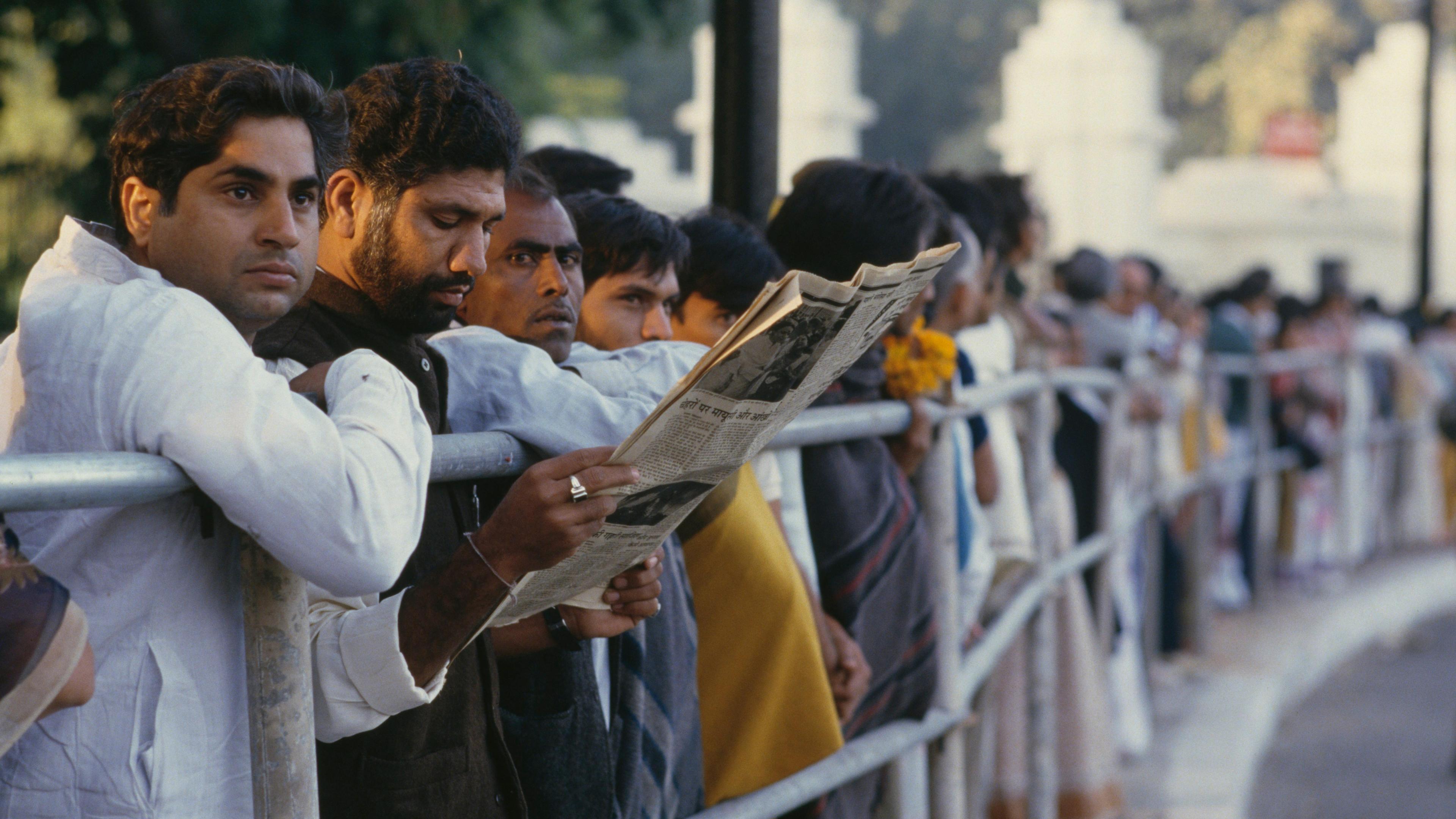
Locals in Delhi read news of Gandhi's assassination, which sparked riots
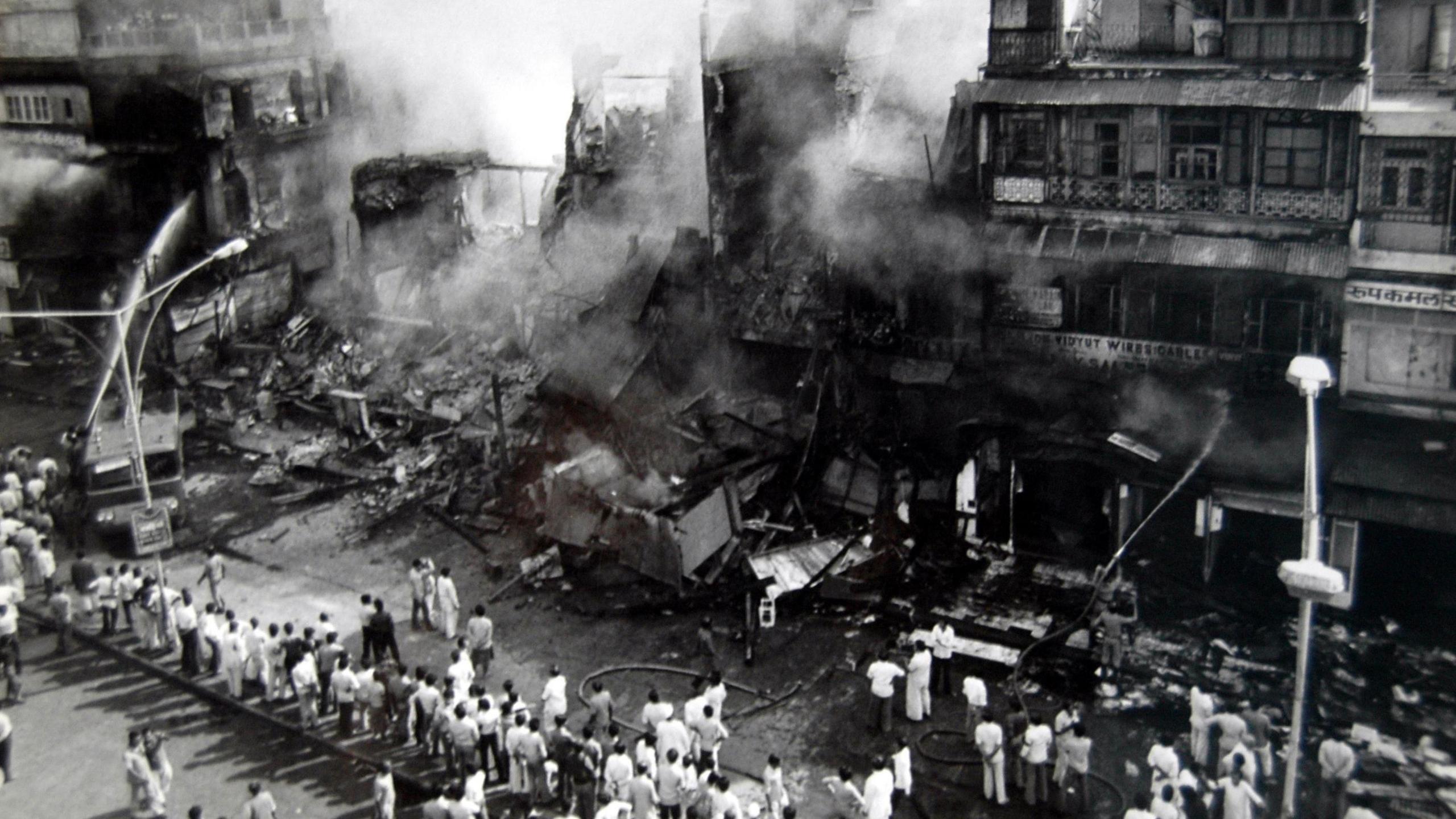
Rioters in Delhi targeted Sikh-owned shops, resulting in widespread violence and damage to property
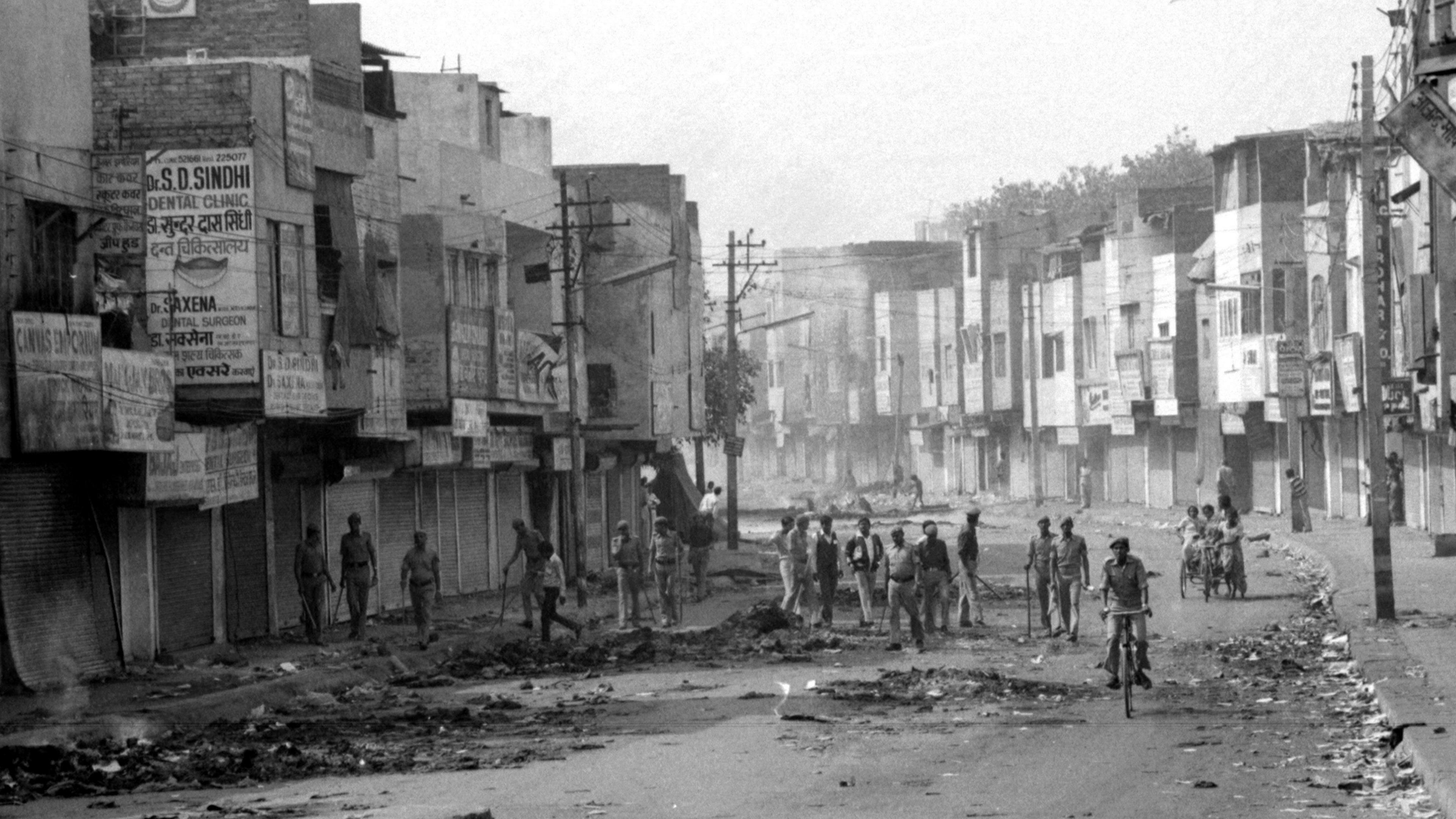
A riot-affected neighbourhood of Govindpuri in Delhi bears the scars of violence

Four days after the riots, army patrols a bustling shopping district in Delhi
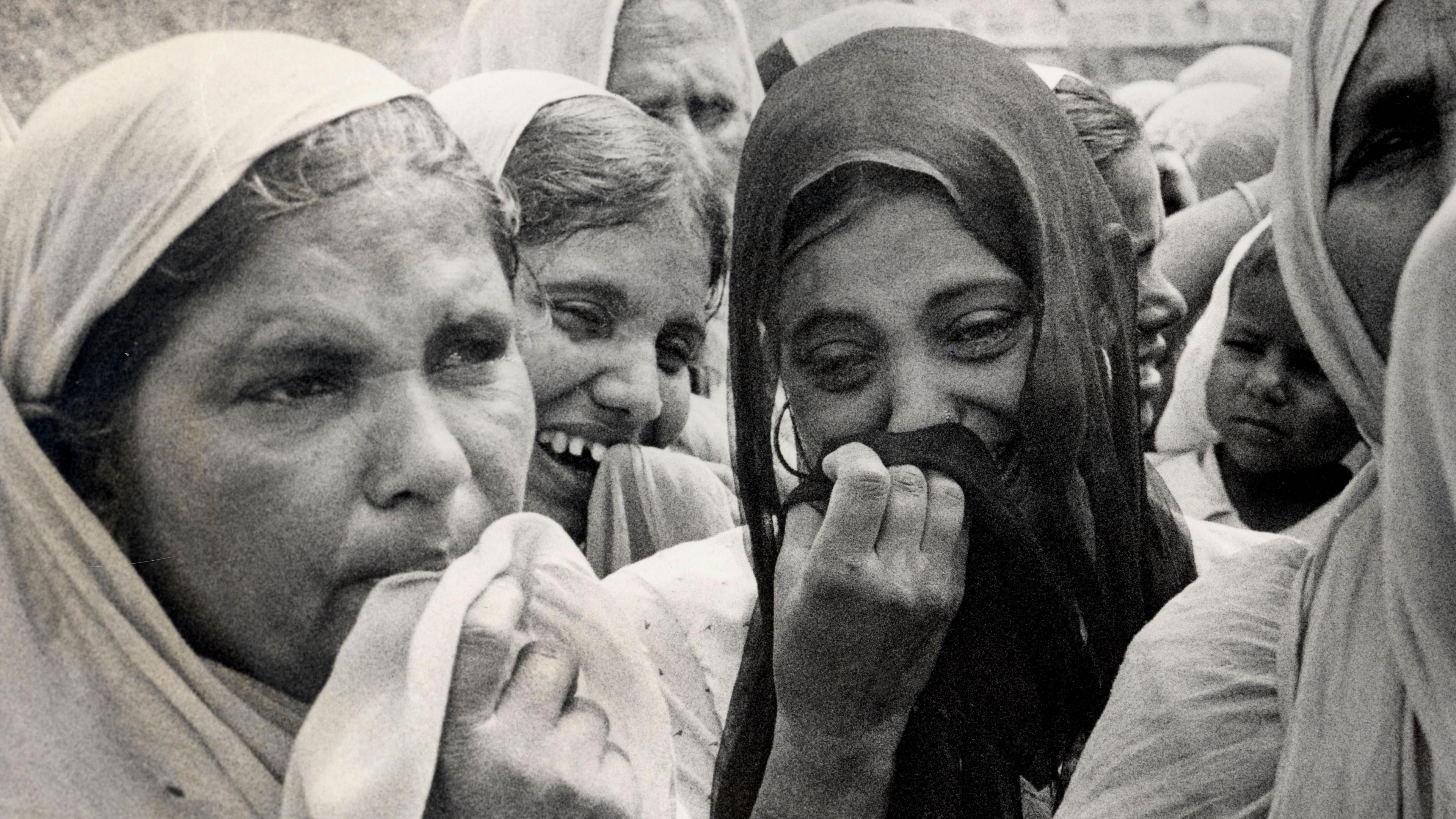
Victims of the riots at a relief camp in Nand Nagri, one of the most severely affected areas of Delhi

Days after the riot, victims gather at a relief camp in a Delhi school